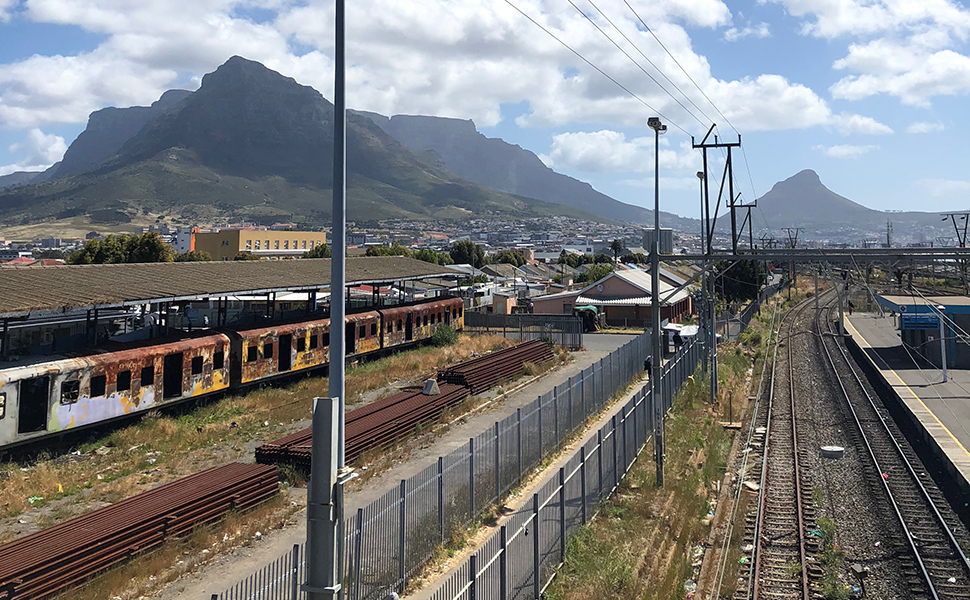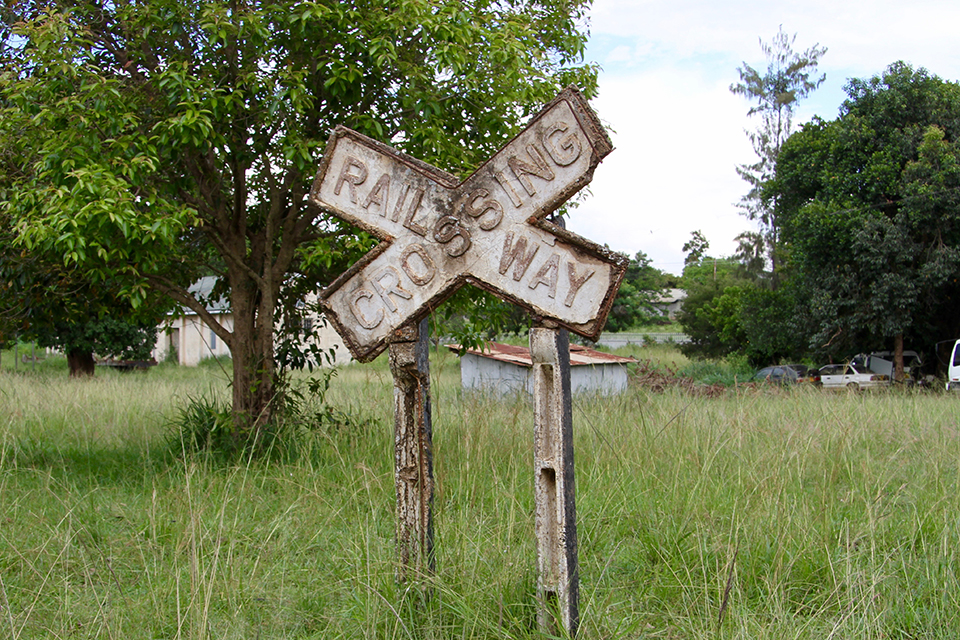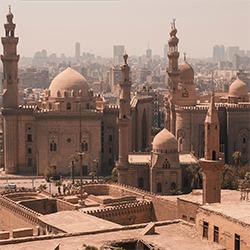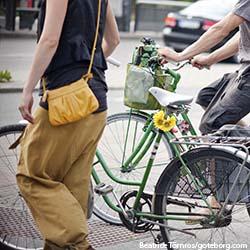
Transport and sustainable urban development
The rapidly urbanisation into cities creates multi-dimensional challenges in transport development and planning processes. One being how to plan for a transportation system that is both energy efficient, attractive and accessible for everyone? While at the same time as try to understand the concept of inter-modality and how different urban station nodes connect to each other and other means of travel, for example bike lanes, air, bus etc.
In cities such as Cape Town and Kisumu there are conflicts between the informal and formal public transportation system, challenges of how to integrate the informal public transportation as an into the overall public transportation system. Which sets several other challenges such as question of livelihood, security, accessibility and governance. Governance being one of the key issues for what possibilities and abilities there are for development of sustainable transport planning and enabling new ways of planning for urban stations communities. There is a need for more cross-sectional planning processes between the local, regional and national governmental processes and transdisciplinary approach to how these challenges are tackled in the future.
The different cases Cape Town, Kisumu and Landvetter Södra, one of the strongest issues all are facing is the issue of land, access to land and land ownership. Land and the value of land is increasing globally, making transport interventions a costly investment in all the contexts. How to fund different transport intervention projects is a crucial question for many cities and regions while at the same time making them accessible to everyone? How does the ownership organisation look like, the private or the public sector?
The funding methods differ between the three cases. In the Gothenburg region there is already an established system, while Cape Town and Kisumu are still struggling with issues of cost and ownership for maintenance, question of affordability and pricing system is very much a challenge in all of the cases. How to create pricing systems that is affordable and accessible for everyone? While at the same time ask us, who are planning for? But there is also a question of who are we planning for? Who will have access to the public transportation? Who can afford it? And how do we plan for a fair distribution and accessibility to the transportation system?
How we transport ourselves and what means of travel we use is very much related to questions of cultural and social norms. For instance, in cases such as Cape Town and Kisumu public transportation is often related to poverty and lower standards of livelihood, whereas car ownership is related to higher standard of living.
Main objectives
Which raises the question of What is the role of transport intervention in realising just cities and regions that are fair, green and accessible? How those the different cases tackle the social injustices through these types of interventions? Do they serve as a means for creating more inclusive and just communities or the opposite?
The international collaborative framework of Realising Just cities, tries to provoke another type of reflections and discussions related to the concept of sustainable urban development and how we realise just cities by asking following questions;
- What do just cities look like in different urban context?
- How might just cities be realised in different urban context?
Process of the collaboration
This comparative project has been developed through co-creative processes in Kisumu, Gothenburg and Cape Town in 2017 and 2018. In order to find the common challenges and issues the co-creative process has focused on structured brainstorming methods, roundtable discussions and seminars in order to define and develop the structure of the project. An important aspect of the comparative work. The basis for the project is set in the common global challenges of climate change, social inclusion and the need for transformation into a more sustainable future. By using these three cases of transport intervention the project hopes to be able to answer some of the challenge of what role transport intervention has in realising just cities, that are fair, green and accessible? The different cases have different methods for how they are working, in Cape Town the work done strategically through the Transit oriented development framework while in Landvetter Södra the methods of co-creation and backcasting in urban stations communities is applied to solve many of the issues.
Publications
Files
-
Applying a multi-level perspective to examine the potential transition to an accessibility-based approach to transport planning: Insights from cities in Sweden, Kenya and South Africa
-
The WalkHow five city blocks along Cape Town’s Voortrekker Corridor offer a window into the challenges of achieving spatial transformation in South Africa’s cities








